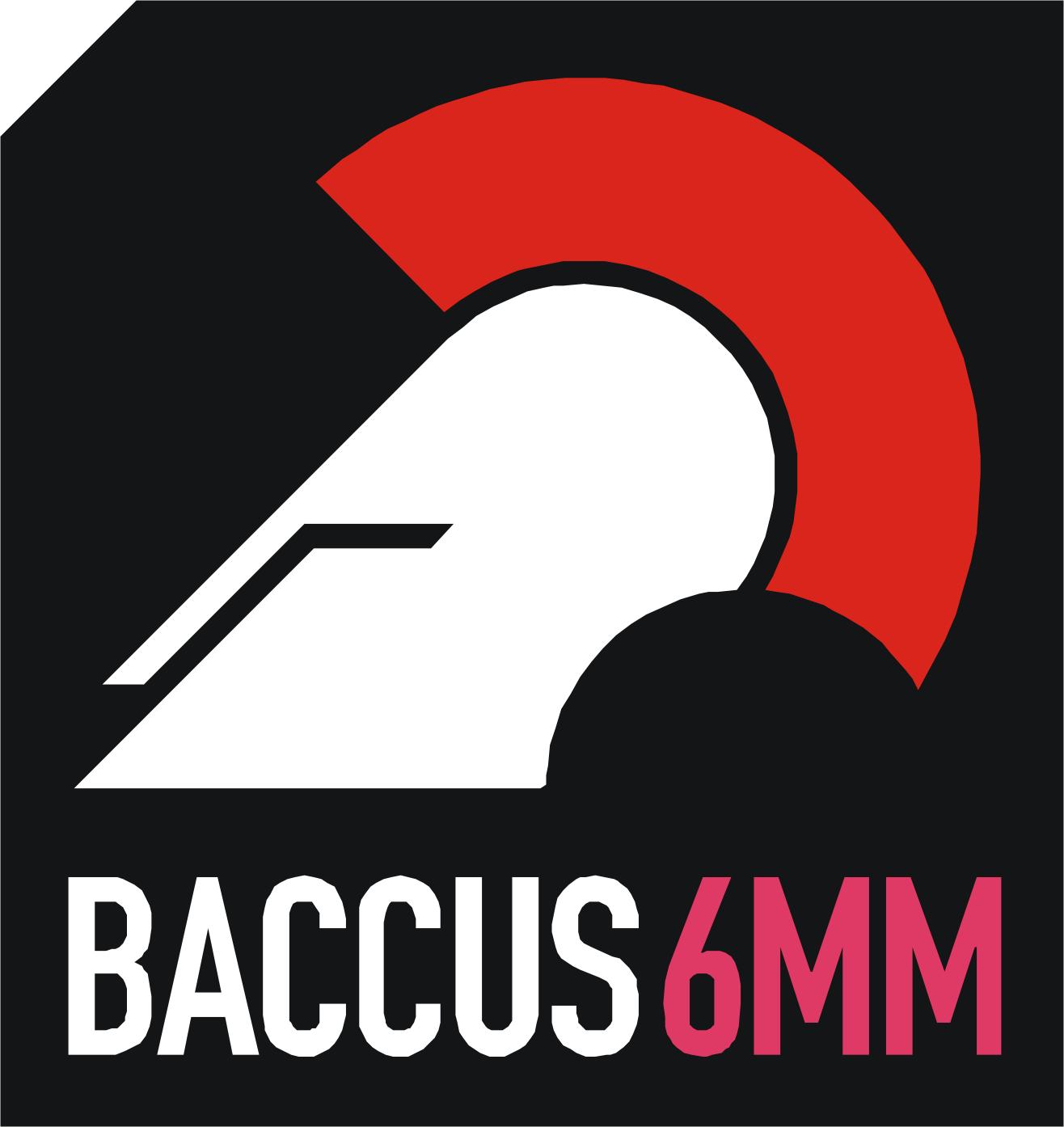| TOPIC: British Guards in Bearskin 1854/1870 |
How about British colonial CBR01 with a thin layer of greenstuff over the pith helmet. This gives the classic post-1856 tunic, the gaiters and no pack. A tedious job but pretty straightforward. You could back them up with the same figure having the the pith helmet filed flat on top to give a rendering of post 1856 British infantry in the shako most associated with the 1860s. A little goes a long way |
I didn't realise that you did not paint your figures. Doesn't really seem anything else to suggest other than the 1870 French grenadiers, who unfortunately have a brass plate at the front and a cloth patch on the top of their bearskin. A pity there is not a dedicated Crimean range which would immediately solve the problem. Only other option is Irregulars 6mm Crimean range, which, although pretty extensive, is not to everyone's taste. Personally I do the Crimea in 10mm using Magister Militum figures. A little goes a long way |
Incidentally what are the rules you are discussing. As I have both 6mm and 10mm FPW there would be an opportunity for me to do the same thing in 10mm using my Crimean figures. A little goes a long way |
Good to hear that you are prepared to plough on with the project. I must admit I have very much admired your proxy Charge of the Light Brigade, and of course the Russian Opelchnie can make acceptable Russian infantry in field cap. A pity there are no Prussian 1870 figures in greatcoat, but there we go. Many thanks for the information about the rules; I will check them out. A little goes a long way |
I think you could proxy both British heavy cavalry and Russian dragoons using FPW Prussian dragoons. A little goes a long way |
Some more proxy ideas: Turkish infantry use colonial Egyptians in white uniform. Cossacks use the Great War Russian cossacks (or possibly the Napoleonic as I am not certain of their dress in 1854). A little goes a long way |
 Administrator Posts: 895 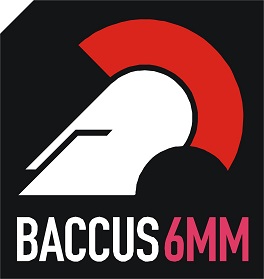 British Guards in Bearskin 1854/1870 British Guards in Bearskin 1854/1870peter 28th Feb 2023 11:41:20 It's not happening. IF we ever do the Crimea, we'll do the lot, properly. Honest. I have plans. I am dangerous when I have plans... |
Good to know. Don't ask me why (ok, you can, it's to do with different rule sets and game scale) but I am in the process of collecting the Crimea in both 10mm (Magister Militum) and 6mm (Irregular). This is a period which has fascinated me since I was about 7 years old. By the time I was 16 I had a pretty good 25mm Minifigs collection, but had to sell it once I moved away from home. It has always lingered in the back of my mind so now I am trying to put it all back together again in the smaller scales. A little goes a long way |
 Standard User Posts: 7  British Guards in Bearskin 1854/1870 British Guards in Bearskin 1854/1870hejstinf 13th Jun 2023 10:19:14 It sounds like you're describing a specific historical era and uniform for British colonial soldiers. The description you provided refers to the attire and equipment used by British infantry during the mid-19th century, particularly after 1856. Here's a breakdown of the elements you mentioned:
Overall, it seems like you're discussing customizing miniature figures to depict British colonial infantry during the mid-19th century, incorporating specific uniform and headgear variations. The level of detail and customization you described can indeed be a tedious task but can result in a more accurate representation of the historical period and its uniforms.
_______________________________ |
 Standard User Posts: 7  British Guards in Bearskin 1854/1870 British Guards in Bearskin 1854/1870hejstinf 13th Jun 2023 10:21:31 It sounds like you're describing a specific historical era and uniform for British colonial soldiers. The description you provided refers to the attire and equipment used by British infantry during the mid-19th century, particularly after 1856. Here's a breakdown of the elements you mentioned:
Overall, it seems like you're discussing customizing miniature figures to depict British colonial infantry during the mid-19th century, incorporating specific uniform and headgear variations. The level of detail and customization you described can indeed be a tedious task but can result in a more accurate representation of the historical period and its uniforms. |
Notice: Due to issues with the processing of VAT on deliveries to the EU a limit has been put in place, restricting orders to a maximum of £135. We apologise for any inconvenience this causes.
> Forums
Reply
12
> General > Proxies and Alternatives > British Guards in Bearskin 1854/18701
NEWS
I’ve got a Golden Ticket…26th Apr 2024
'What are you working on?'
19th Apr 2024
Lots of new bits and pieces for you
15th Apr 2024
This week, it’s all about Salute
5th Apr 2024
Yes, another Joy of Six update.
2nd Apr 2024
LATEST FORUM POSTS
French white coat infantry in Tarleton helmets with colourful flags 1791-94 by Colin the Wargamer27th Apr 2024
ANTIETAM 6mm by ironass
26th Apr 2024
Gettysburg reenacted (solo) by jon1066
26th Apr 2024
To make Pete happy: Kliszow (GNW) by ChrisBBB
26th Apr 2024
Gettysburg reenacted (solo) by dourpuritan
26th Apr 2024
UPCOMING SHOWS
LATEST RELEASES
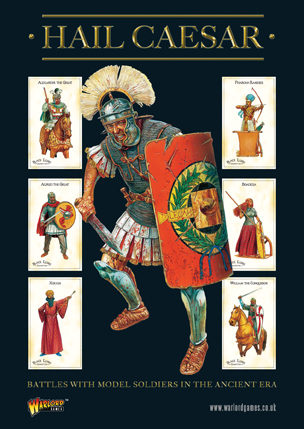 HCNOMAD
HCNOMADHail Caesar Arab Nomad Army
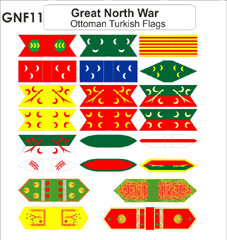 GNF11
GNF11Ottoman Turkish Flags
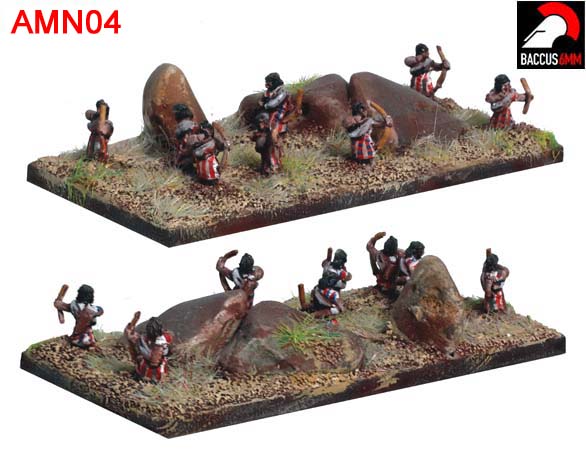 AMN04
AMN04Martu/Amorite Archers
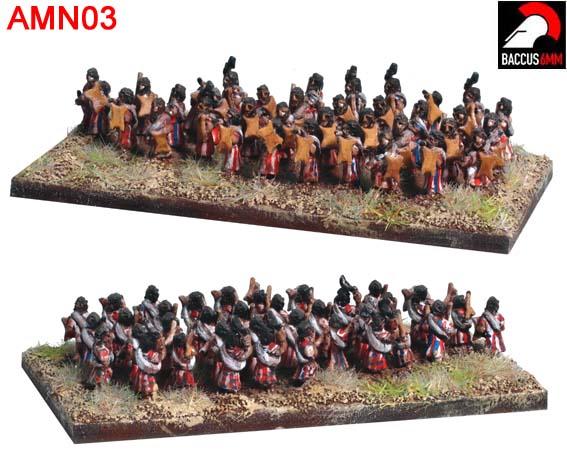 AMN03
AMN03Martu/Amorite Javelinmen
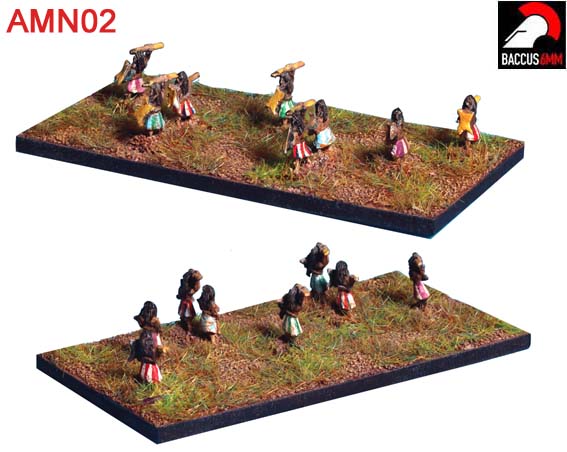 AMN02
AMN02Guti Arab Javelinmen, shield
